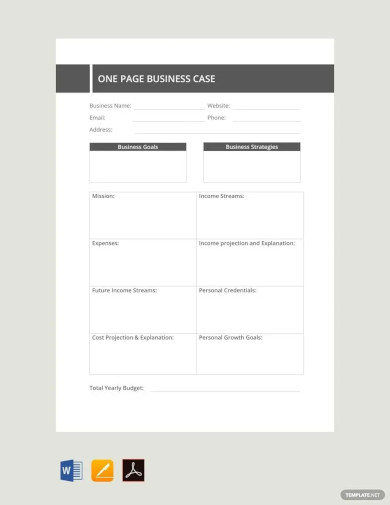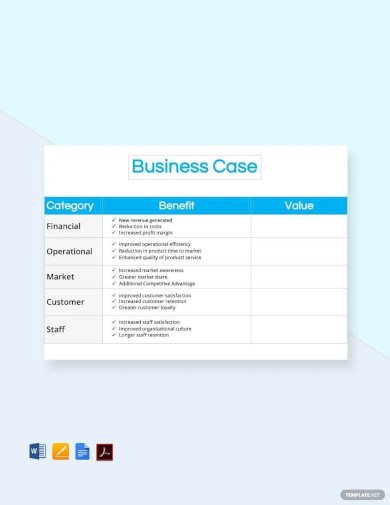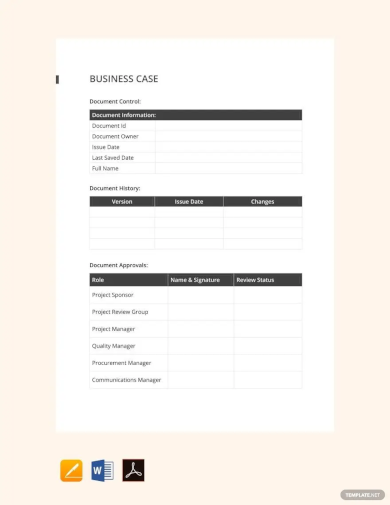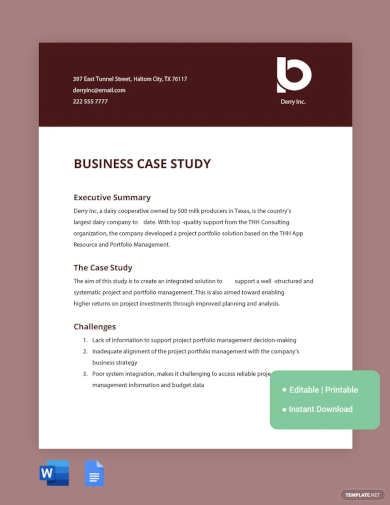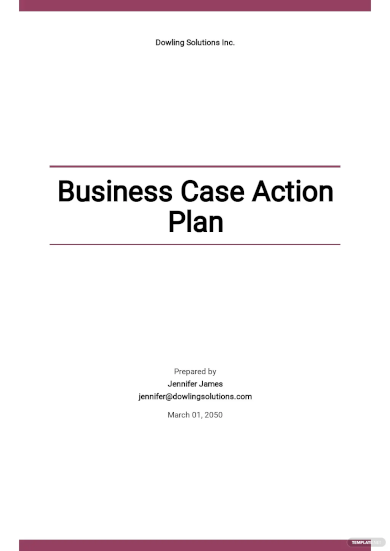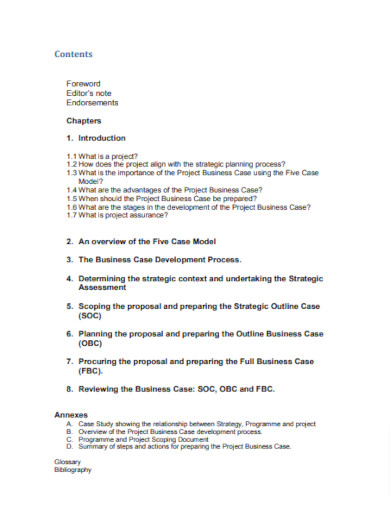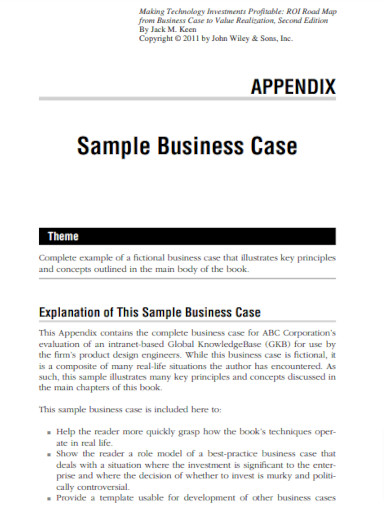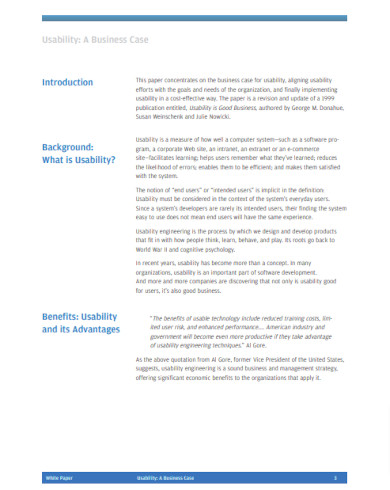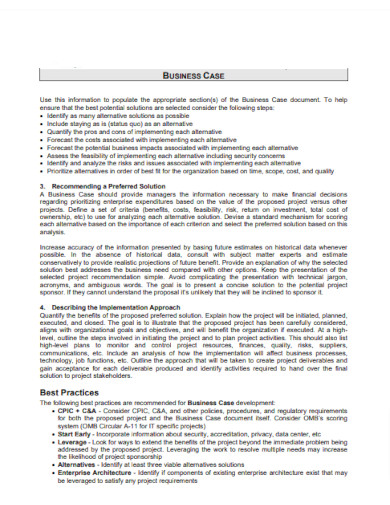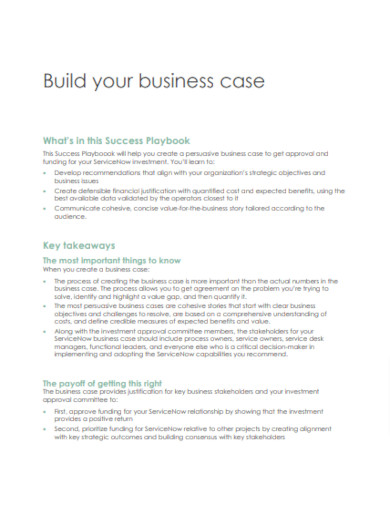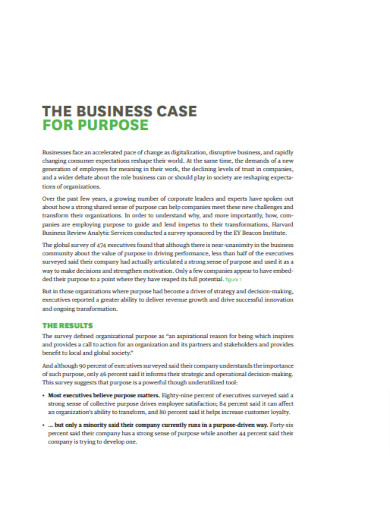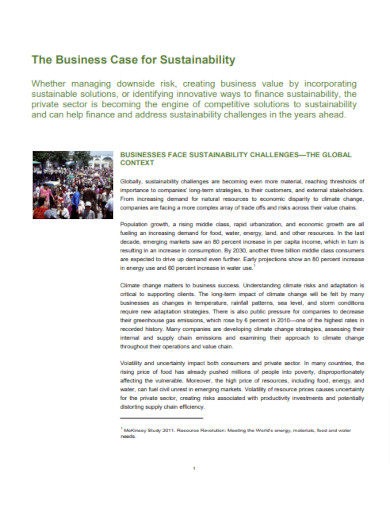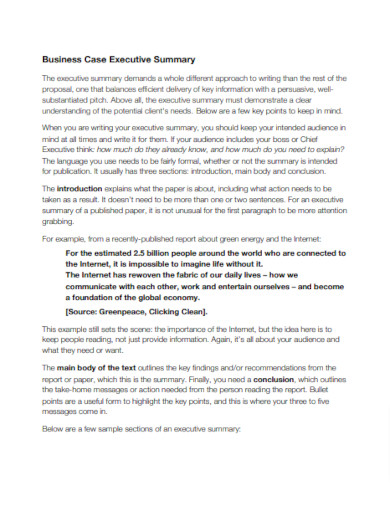12+ Business Case Examples to Download
In today’s dynamic business environment, organizations must constantly evaluate new opportunities and projects to stay competitive. To make informed decisions, it’s essential to create a robust business case that outlines the potential benefits, risks, and costs of a proposed initiative. In this article, we’ll provide an overview of what a business case is, how to create one, and answer some common questions about the process.
One Page Business Case Template
Business Case template
Simple Business Case Template
Business Case Study Template
Business Case Action Plan Template
Project Business Case
Sample Business Case
Simple Business Case
Basic Business Case
Customer Success Business Case
Business Case for Purpose
Editable Business Case
Business Case Executive Summary
What is a Business Case?
A business case is a detailed document that outlines the rationale for initiating a new project or opportunity, along with the potential benefits, costs, and risks. It typically includes an analysis of the current situation, a proposed solution, a cost-benefit analysis, and an evaluation of the feasibility of the initiative.
How to Create a Business Case
Step 1: Identify the problem or opportunity
Start by identifying the problem or opportunity that your business case will address. Clearly define the issue and explain why it’s important to your organization.
Step 2: Develop a proposed solution
Next, develop a proposed solution to the problem or opportunity. Explain how this solution will address the issue and provide specific details on how it will work.
Step 3: Conduct a cost-benefit analysis
Perform a cost-benefit analysis to determine the financial impact of the proposed initiative. Estimate the costs and benefits of the project over its lifespan, and compare them to determine the net value.
Step 4: Evaluate the feasibility
Evaluate the feasibility of the initiative, taking into account factors like technical requirements, organizational capabilities, and legal considerations.
Step 5: Present your findings
Finally, present your findings in a clear and concise manner, using visual aids like graphs and charts to help convey your message.
FAQs
What are some business case analysis examples?
Some examples of business case analyses include market research, feasibility studies, cost-benefit analyses, and SWOT analyses.
What are some case study examples of successful business cases?
Successful business case examples include Netflix’s decision to shift from DVD rentals to streaming, Amazon’s development of its Prime service, and Apple’s creation of the iPhone.
What are some project cost estimate examples?
Project cost estimate examples include direct costs (like labor and materials), indirect costs (like administrative expenses and marketing), and contingency costs (like unexpected expenses).
A well-crafted business case can help organizations make informed decisions about new opportunities and projects. By following the steps outlined above and incorporating best practices from successful case study examples, businesses can create a comprehensive and compelling case that drives strategic action planning and ensures success.



